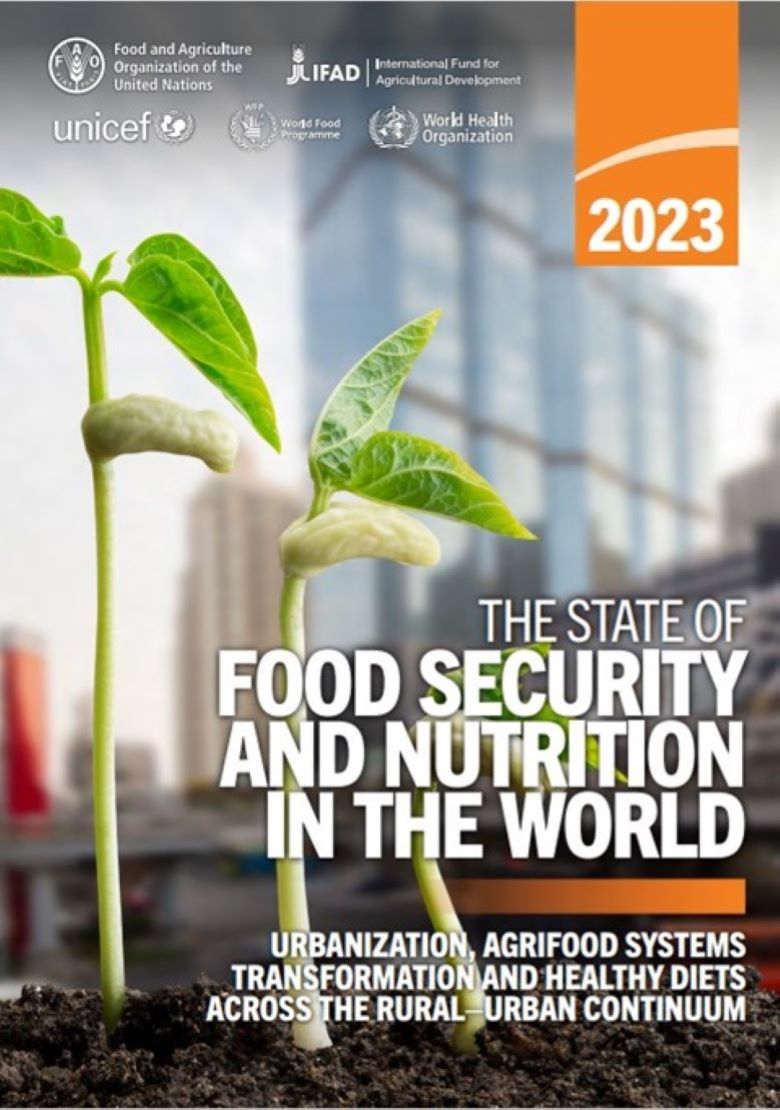
43.2 million people suffer from hunger in Latin America and the Caribbean – Docplot Suriname
A new United Nations report, Regional Outlook for Food Security and Nutrition 2023, says 6.5% of the population in Latin America and the Caribbean, or 43.2 million people, are hungry.
While this figure represents a slight improvement of 0.5 percentage points from the previous measurement, the prevalence of hunger in the region is 0.9 percentage points higher than in 2019 data, before the outbreak of Covid-19. Also, the display is evenly distributed.
Also, the scenario differs at the sub-regional level. In South America, between 2021 and 2022 the number of people affected by hunger will decrease by 3.5 million. However, compared to the pre-Covid-19 situation, there are 6 million additional malnourished people.
In Mesoamerica, 9.1 million people suffered from hunger in 2022, giving a prevalence of 5.1%. This figure shows no significant difference from the previous measurement.
The scene is different in the Caribbean. In this subregion, 7.2 million people suffered from hunger in 2022, with a prevalence of 16.3%. Compared to 2021, this number has increased by 700,000. Between 2019 and 2022, the increase is one million people, with Haiti having the highest impact.
“Hunger rates in our region are alarming. We are seeing further and further drift away from the 2030 Agenda, and we are still unable to improve on the pre-crisis figures unleashed by the Covid-19 pandemic. Our region faces persistent challenges such as inequality, poverty and climate change, which have set back progress in the fight against hunger for at least 13 years. This situation forces us to work together and act as soon as possible,” said Mario Lupetkin, FAO Assistant Director-General and Regional Representative for Latin America and the Caribbean.
Lola Castro, Regional Director of the World Food Program (WFP), said, “People must be at the center of any solution to food insecurity and malnutrition, especially in the current climate emergency. In support of regional governments, we promote measures to protect the most vulnerable populations and make food systems more resilient to them, as well as drive efforts through holistic public policies to promote healthy and affordable food.
The report also notes that by 2022, 247.8 million people in the region will face moderate or severe food insecurity. That is, they were forced to reduce the quality or quantity of food they ate or ran out of food, starved, and in the most extreme cases, went days without food, seriously endangering their health and well-being. This number is 16.5 million less than in 2021.
In South America, one-third (36.4%) suffered from moderate or severe food insecurity. In Mesoamerica, moderate or severe food insecurity reached 34.5% in 2022, representing an increase of 0.4 percentage points or 1.3 million additional people compared to 2021. Food insecurity.
The Regional Outlook for Food Security and Nutrition 2023 is a joint publication of the Food and Agriculture Organization of the United Nations (FAO), the International Fund for Agricultural Development (IFAD), and the Pan American Health Organization/World Health Organization (PAHO/WHO). ), World Food Program (WFP) and United Nations Children’s Fund (UNICEF).

“Coffee fanatic. Friendly zombie aficionado. Devoted pop culture practitioner. Evil travel advocate. Typical organizer.”
